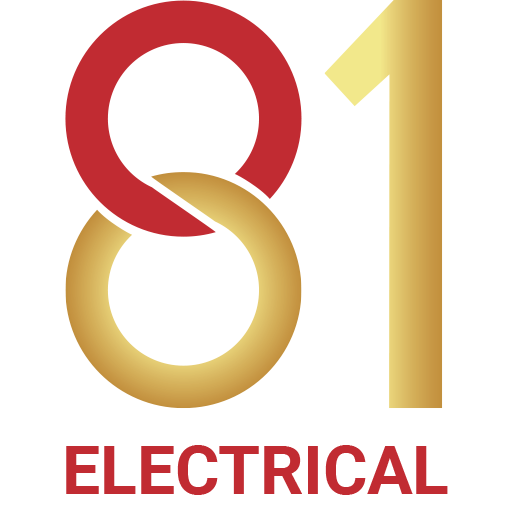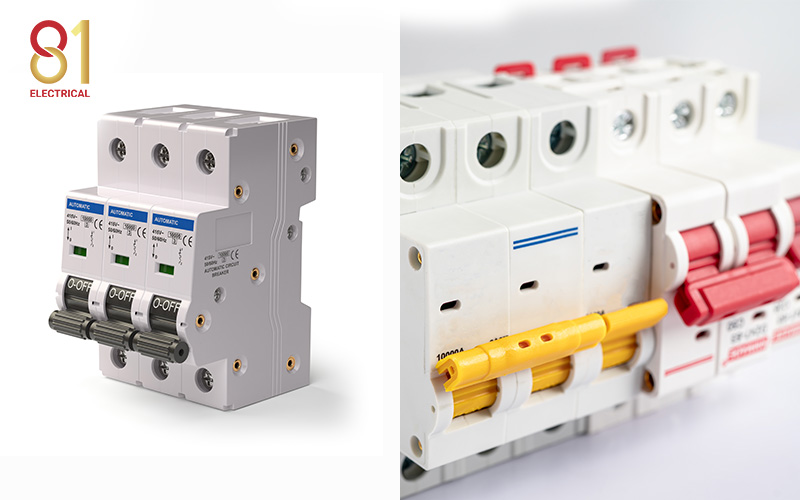What Is an Electrical Point and How it Works?
Key Takeaways
- Understand the different types of electrical points used in Singapore homes.
- Learn the correlation between the number of electrical points and your renovation planning and costs.
- Discover the guidelines for installing electrical points and the importance of hiring a Licensed Electrical Worker.
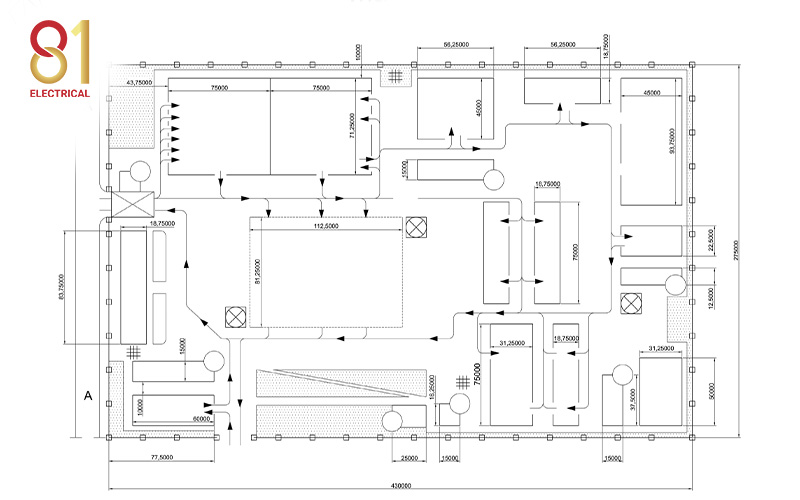
If you are planning a renovation or rewiring project in your Singapore home, chances are you have come across the term, ‘electrical points’, in your contractor’s quote. But what exactly are those, and why do they matter so much in your renovation budget?
Simply put, the term refers to a specific location where the electrical wiring connects to a device, like a power socket, switch, light fitting, or appliance. It is a key part of every electrical installation, allowing you to access power safely and reliably. In this guide, we will take a closer look at the different types of electrical points, how they are counted, how they correlate to your renovation costs, and how they should be installed whilst complying with Singapore’s electrical regulations.
1. Types of Electrical Points
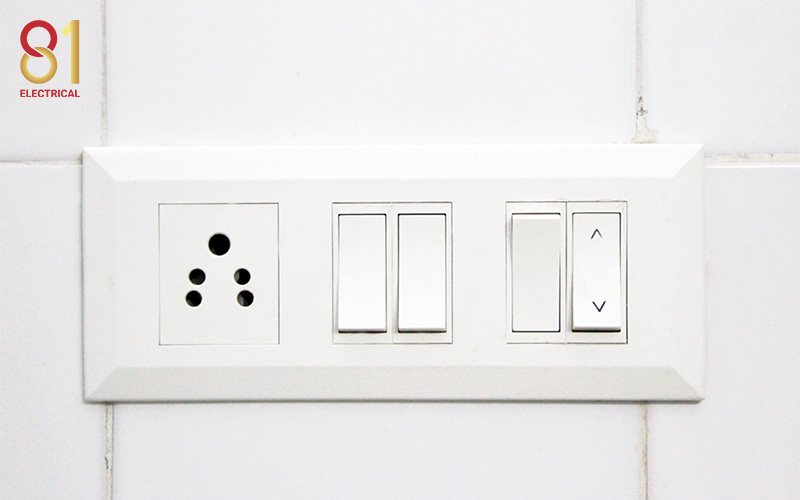
Not all electrical points are the same. Each one serves a different function depending on what it powers. Here are some of the most common points that can be found in Singapore homes:
Power Point
These are wall sockets where you plug in everyday appliances like phone chargers, kettles, and TVs.
Lighting Point
Used for ceiling lights, downlights, pendant lights, or wall sconces. Each light fitting typically counts as one point.
Switch Point
These control your lights or fans. Each switch is usually considered a separate point.
Aircon Point
A dedicated power source installed specifically for air-conditioning units. Often requires a higher load capacity.
Water Heater Point
For both instant and storage-type heaters. Like aircon points, these may require their own circuit.
TV/Data Point
Used for television signal cables, fibre broadband connections, or Ethernet wiring.
Hob/Oven Point
Heavy-duty connections meant for power-hungry kitchen appliances. These need special attention during electrical installations.
Knowing these categories can help you understand your home’s electrical setup better and make informed choices when adding or upgrading your fittings.
2. How Electrical Points Are Counted

Counting electrical points is important because most renovation or rewiring quotes are based on the number of points to be installed. However, this process can be a bit confusing.
Generally, each item, whether it is a power socket, a light, or a switch, is counted as one point. For example:
- A double socket (with two plug openings) still counts as one power point.
- A single switch is one point, and a two-way switch (which controls a light from two locations) may count as two.
- Combo units, such as a switch paired with a socket, could be counted as one or two points depending on how your contractor prices the job.
This is why it is important to clarify how your contractor defines and charges for electrical points. This minimises the risk of miscommunication that could lead to unexpected costs later in the project.
3. Why Electrical Points Matter During Renovation
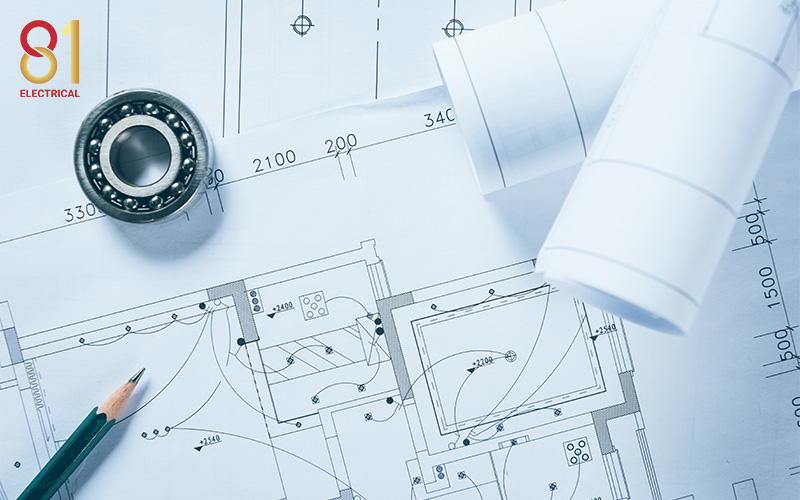
When you are renovating, every point added or moved affects the overall plan. From an installation standpoint, each one needs electrical wiring, trunking (for surface-mounted cables), and space within the distribution board (DB box).
The number and placement of points also influence:
- Circuit allocation – Power-hungry points may need their own circuit to prevent overloading.
- Load planning – Spreading the load across different circuits can help improve safety and efficiency.
- Costing – Many renovation packages list prices like “$80 per lighting point” or “$150 per aircon point”. This makes counting electrical points essential for budget planning.
Whether you are adding under-cabinet lighting or relocating a water heater point, every change should be planned with both function and safety in mind.
4. Regulations and Safety
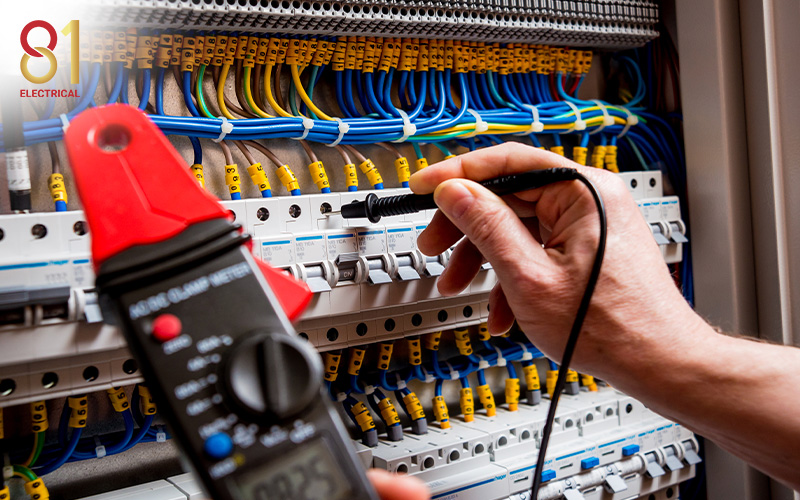
In Singapore, all electrical installations are required to comply with guidelines for electrical points under SS 638, the national standard for electrical safety. This means that only a Licensed Electrical Worker (LEW) is allowed to install new points, alter existing wiring, or carry out major electrical services like rewiring.
Heavy-load points like ovens, water heaters, and air-conditioning units often require their own dedicated circuits to prevent overheating and reduce the risk of fire. Proper planning ensures that your home not only meets safety codes but also avoids future issues with tripping breakers or faulty connections.
If you are unsure about what is allowed, always consult a LEW before proceeding with any changes to your electrical setup.
Understanding how electrical points work, how they are counted, and why they matter during renovation can make a big difference to your home project. Whether you are upgrading your kitchen, adding lights, or rewiring an old HDB flat, it certainly pays to plan your electrical installation properly.
Here at 81 Electrical, we offer a wide range of residential electrical services, from installing new points to handling complete rewiring jobs. Our team follows all guidelines for electrical points and ensures that every electrical service is carried out safely and professionally.
To learn more about our services, please contact us today.
